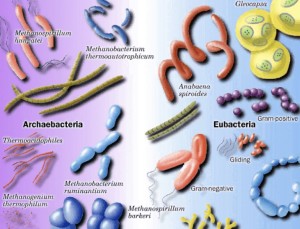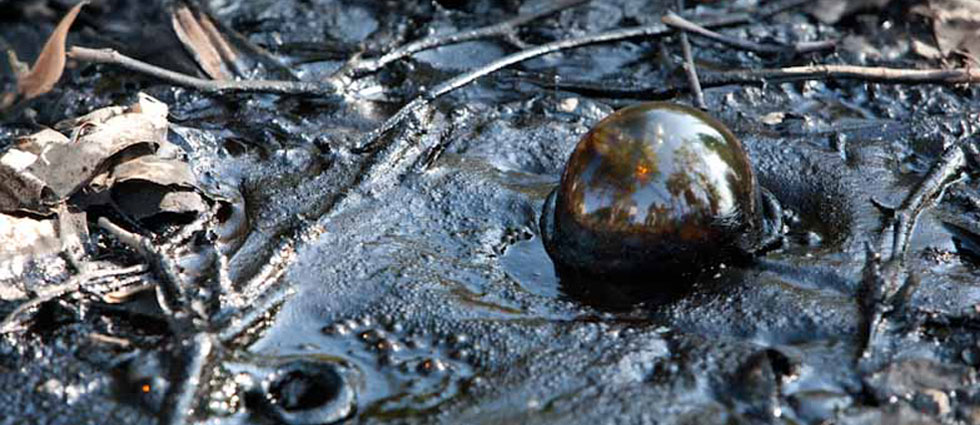Microscopic habitats, hosting communities of microorganisms formed over geologic time periods, self-sufficient but not self-sustained, have been discovered within droplets of water in the oil of Trinidad’s Pitch Lake, the world’s largest natural asphalt  deposit. Researcher Dr Tillmann Lueders explained to The Speaker about the births, lives and possible deaths of these tiny worlds.
deposit. Researcher Dr Tillmann Lueders explained to The Speaker about the births, lives and possible deaths of these tiny worlds.
The report, “Water droplets in oil are microhabitats for microbial life,” was completed by lead researcher Rainer U. Meckenstock and his team of Frederick von Netzer, Christine Stumpp, Tillmann Lueders, Anne M. Himmelberg, Norbert Hertkorn, Philipp Schmitt-Kopplin, Mourad Harir, Riad Hosein, Shirin Haque, Dirk Schulze-Makuch, and was published in Science.

So far, no photographic images of these newly discovered microhabitats have been possible–the process by which the droplets would be photographed would also destroy them–but Dr Lueders gave The Speaker details about the nature of the microhabitats–how they are formed, how they sustain themselves, and how they may end.
“We envisage them as 1-3 microliter aqueous microspheres, with some microbes swimming around in the lumen, but most sitting attached to the oil-water interface,” Lueders told us.
Describing the origin of the microhabitats, Lueders explained, “The salinity and water isotopes measured in the droplet water tell us that it stems from the deep subsurface. Minimally, these habitats were formed by mixing processes during the ascent of the oil from the reservoir to pitch lake. Maximally, the droplets were present already in the reservoir itself.
“The time periods involved here are geologic. The reservoir seems to have been formed during the Miocene, but we are not experts to tell over what time scales the oil ascents.”
When asked about the ability of the microhabitats to maintain themselves over time, Leuders commented, “In principle, these micro-habitats should be self-sufficient over very long time scales, albeit at very low activities. However, they are not self-sustained, as would be the case for a perpetuum mobile system.”
The microbes feed on hydrocarbons and perform metabolism by methanogenesis–they breathe  methane instead of oxygen. Only Archaea–a domain phylogenetically distinct from eukaryotes and bacteria–perform this type of respiration, which is the final step in the decomposition of biomass in most environments.
methane instead of oxygen. Only Archaea–a domain phylogenetically distinct from eukaryotes and bacteria–perform this type of respiration, which is the final step in the decomposition of biomass in most environments.
“Our grasp is that the microbes thrive on the hydrocarbons, which are their source of carbon and energy. These are too abundant to ever be depleted. Since there is nothing else to respire, methanogenesis becomes the terminal respiratory process, producing methane from the oil.”
The end of a microhabitat may come about through a sudden explosion, in a process called ebullition. In ebullition, methane bubbles build up, forming ever-larger pockets that eventually burst due to pressure, dispersing the methane throughout the soil. Lueders explained, however, that ebullition may not be the real end of microhabitats:
“Methane ebullition could eventually destroy–or disperse–a single droplet habitat, but also cause recycling and formation of larger water droplet habitats. Thus the age of any single water droplet may be impossible to determine, we see this more as a steady-state continuum.”
More details about the nature of the microhabitats will be addressed in the research team’s future work, Lueders told us. Also, the formidable task of developing elaborate non-invasive or conservative methods of looking into the microhabitats will be explored, meaning photographic images may also become possible.
By Day Blakely Donaldson
